- Solar energy blog
- Achieving solar growth in Iberia amidst connection challenges
Achieving solar growth in Iberia amidst connection challenges
Find out more about the structural roadblocks threatening to slow down Spain’s solar growth and how it can stay on track toward its clean energy goals.


Alicia Herrera
Territory Manager - Spain & Portugal
Alicia Herrera Alonso started her journey at RatedPower as an Ssales Development Representative intern and has grown into her current role as Territory Manager. She brings first-hand knowledge of the renewable energy sector and a passion for helping companies design and optimize their solar projects.
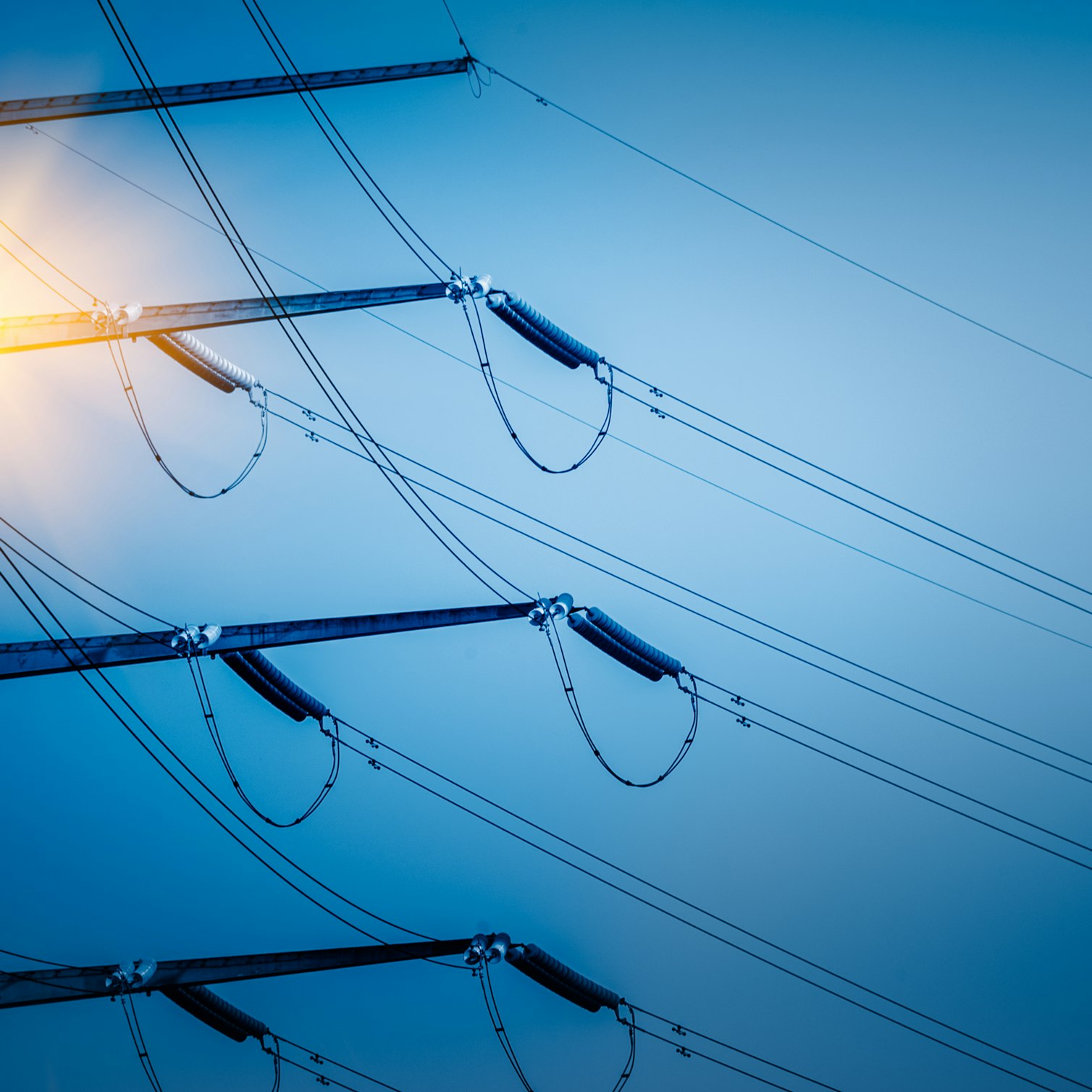
On the surface, Spain’s solar sector is a picture of steady growth.
Independent analysts expect the country to reach 66GW of solar PV and 12GW of solar-plus-storage by 2030, a combined 78GW that closely matches Spain’s 76GW national target.
By mid-century, PV could reach 147GW (more than doubling current levels), while battery-supported systems may climb to 83GW (nearly seven times today’s capacity).
Annual buildout is also expected to stay strong, as solar capacity will grow by over 6GW per year this decade and rise to 7GW in the 2030s, while new storage capacity will increase from 1GW to more than 3GW per year.
Download our 2025 Trends Report to unlock essential insights on the renewables industry. With data from our survey and solar simulations on RatedPower, it’s your go-to resource for understanding trends, challenges, and design strategies.

In this blog, we examine the structural roadblocks threatening Spain’s progress and how it can stay on track toward its clean energy goals.
Current challenges
Spain’s energy rollout is facing hurdles: the grid isn’t expanding fast enough to support the growing energy demand. Without major upgrades and clear regulatory support, even the most promising solar and storage projects may be pushed into limbo.
Permitting delays and regional inconsistencies
Solar developers often face long waits (several years in some cases) due to complex permitting processes that raise project costs and discourage investments.
Sub-50MW buildouts are particularly vulnerable to regional-level permitting issues. Unlike larger projects handled nationally, these smaller proposals must wade through territory-specific rules and unpredictable timelines.
These permitting delays are symptomatic of deeper tensions. Recent moratoriums in La Rioja and battery storage restrictions in Asturias illustrate just how severely regional politics can complicate project planning. In addition, often rural communities can feel overlooked, arguing that renewable projects primarily benefit distant urban centers while damaging their own landscapes and local economies.
Grid congestion
Spain’s updated National Energy and Climate Plan calls for more aggressive emissions cuts and clean energy buildouts by 2030. But those targets could fall out of reach without major grid investments. Analysts estimate that €308 billion in capital deployment is needed before 2030, alongside faster permitting and better planning.
Signs of strain are already visible. Due to limited storage and transmission capacity, curtailment may reach 5% by 2028 (and hit nodes in Extremadura and Aragon the hardest) if the installation pace continues without corresponding network improvements.
Analysts estimate that grid infrastructure needs to expand by over 50% through 2050 to prevent further bottlenecks. Strengthening links between the Iberian Peninsula and Europe’s broader grid would also stabilize the energy market, ease congestion, and boost export potential.
Policy and pricing hurdles in battery storage
Standalone BESS systems can help manage the volatility that comes with Spain’s rapid solar growth by storing excess energy when supply is high and releasing it when demand (and prices) rise. This time-shifting helps stabilize both prices and income.
But while the Spanish government provides BESS incentives, more is needed to ensure BESS can support the grid with both large-scale projects and distributed, smaller storage producers.
Download "Driving Profit with Battery Storage: The Top Regions for Arbitrage Investment eBook" to discover the most lucrative BESS arbitrage regions and take a closer look at the market dynamics and regulatory factors driving their growth.
Growth opportunities
Even with infrastructure hurdles, Spain has three key drivers working in its favor: favorable pricing, supportive legislative updates, and strong investor interest.
Low renewable energy costs
Spain holds a natural advantage: With roughly 300 sunny days per year, solar power here costs 20% to 25% less than in Central Europe. Wind resources in Iberia also exceed the European Union average by 5% to 10%, helping reduce production costs even further.
These favorable conditions extend to green hydrogen as well. The Iberian Peninsula enjoys a 15% to 20% cost advantage over Central Europe in hydrogen production. On top of that, Spain ranks third in Europe for pumped-hydro storage capacity, adding flexibility to its energy system. These advantages strengthen its case for becoming a key supplier of clean power and low-carbon fuels to Europe’s industrial sector.
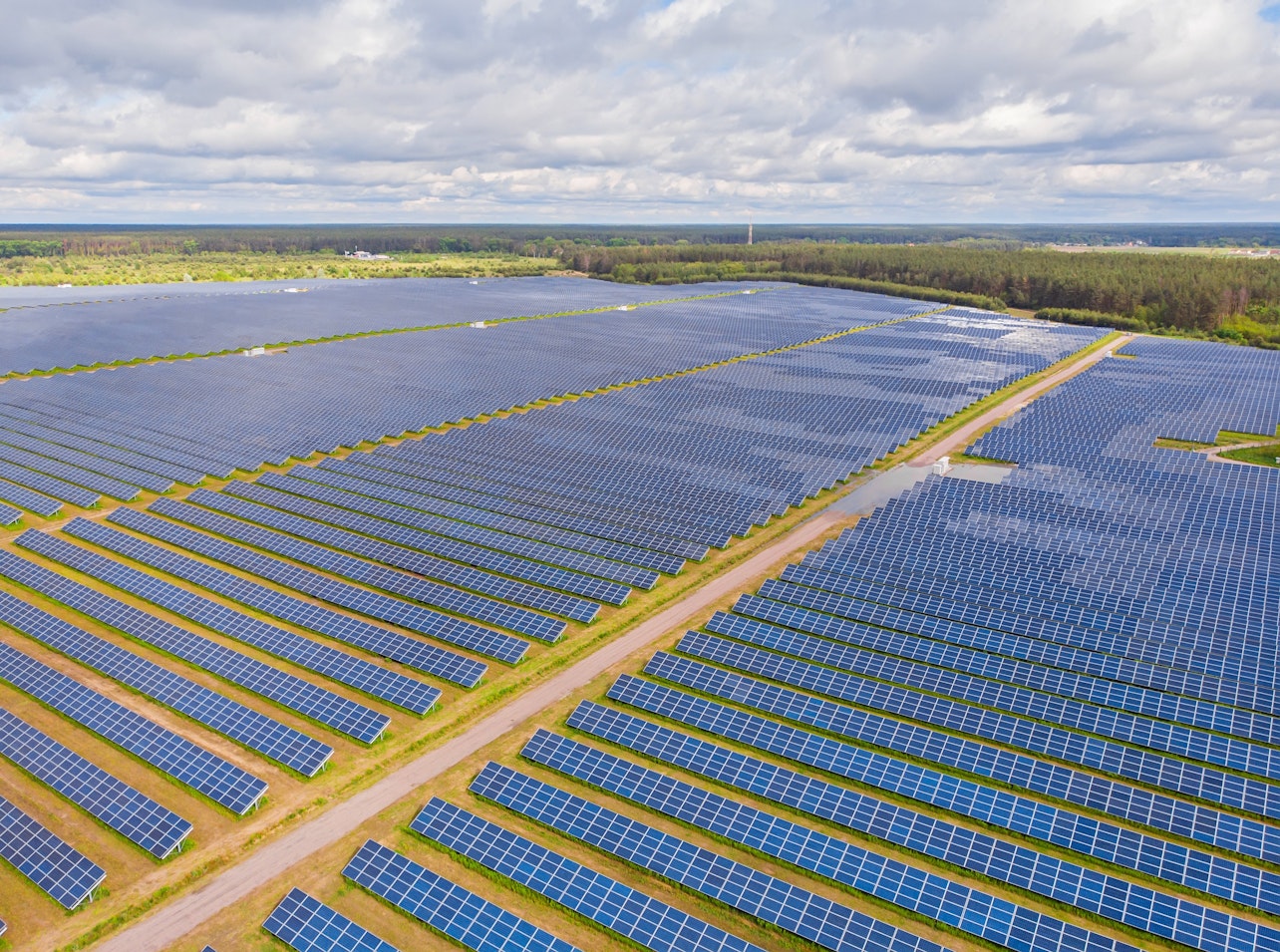
Ongoing policy reforms
Spain is reviewing its cap on grid investments to support the rising demand for solar and wind. According to the energy ministry, the current ceiling, set at 0.13% of GDP for energy company investments in distribution networks, may be lifted to support grid improvements needed to serve high-demand users and the energy system overall. This regulatory review could pave the way for broader investments and upgrades across the country’s transmission and distribution networks.
Foreign investments
Recent activity from international players shows strong confidence in Spain’s clean energy sector.
Masdar, the UAE government’s renewable energy firm, has made two major deals in Spain in 2024. It acquired Saeta Yield for $1.4 billion to gain access to 745MW of wind and 1.6GW of pipeline projects across Spain and Portugal. It also purchased a minority stake in Endesa, which controls a 2GW solar portfolio.
Masdar plans to develop up to 5GW of new capacity in Spain through these partnerships, with projects scheduled for connection by 2030. This continued inflow of international capital signals long-term investor confidence in the country’s energy pipeline, even in a tighter financing environment.
Conclusion
Spain’s energy transition is as much about economic resilience as it is about climate preparedness. After all, the region is right in global warming’s crosshairs, with extreme heat and floods threatening livelihoods and infrastructure. Drought famously gripped 60% of the Spanish countryside in 2023 and took a toll on some of its most profitable sectors, from agriculture to tourism.
The Spanish government is banking on solar to reduce the country’s exposure to environmental and economic disruption, and its ambitious PV deployment goals make that priority clear. But turning targets into reality means investing in the infrastructure to support them, especially grid capacity and storage. This requires clear policy direction and cross-sector alignment. Spain must also put its abundant solar resources to work and remove regulatory bottlenecks to create a stable investment environment.
But if Spain follows through, it can turn its solar potential into built capacity and lasting economic value.
2025 Trends: Renewable Energy & Solar Research Report
Get key insights and data from an industry-wide survey and solar simulations on the RatedPower platform. Download now to uncover critical trends and challenges shaping the future of renewables.
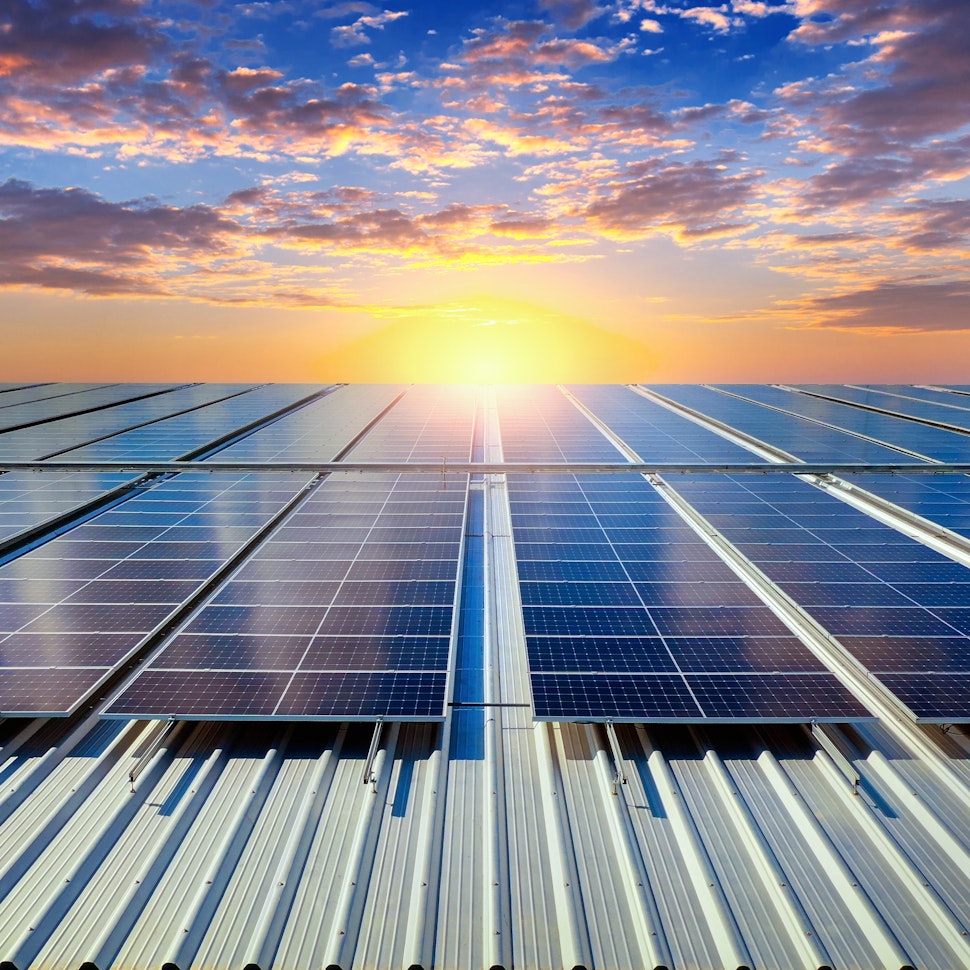
Latest stories
Related posts
Market analysis
Power where it’s needed: Solving LatAm’s grid instability with distributed solar and storage
Find out how a bottom-up approach is solving LatAm’s grid instability, with community-led solar and storage projects giving people control over their energy.
Updated 29 DEC, 25
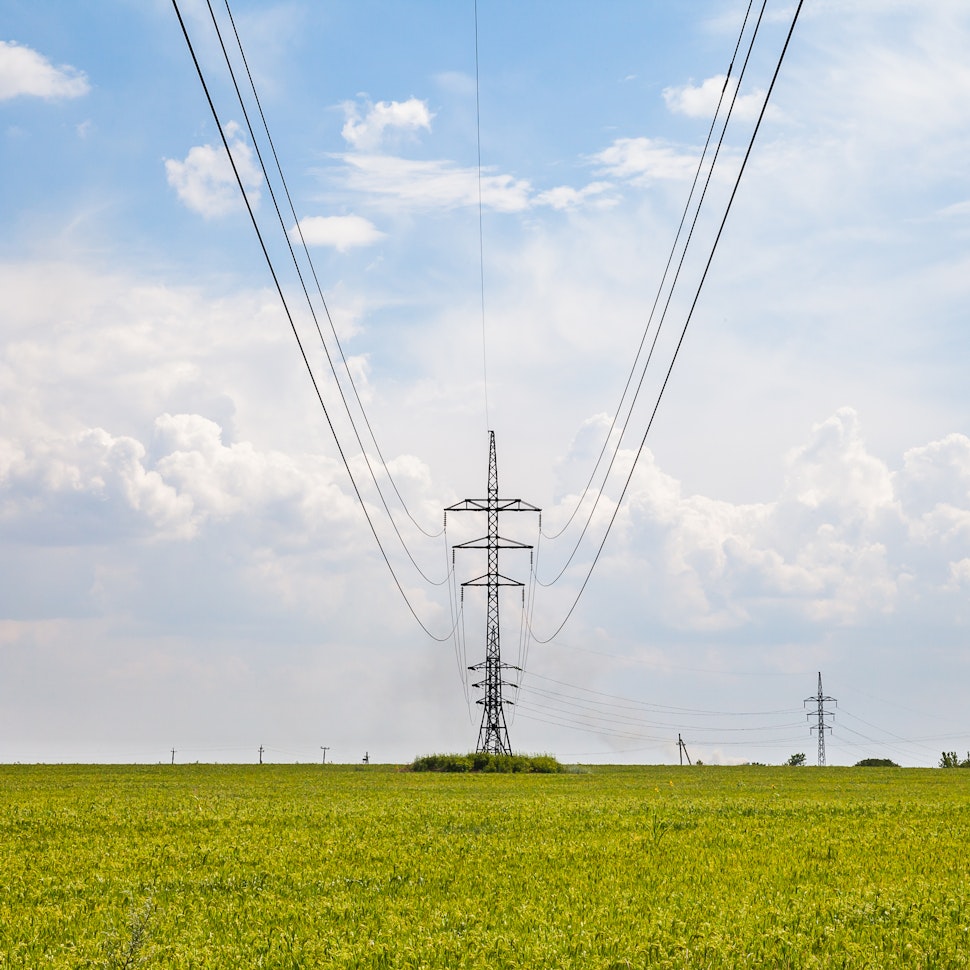
Market analysis
Powering through the peak: Why solar + storage is gaining momentum in MENAT
Discover how MENAT is building a functioning solar economy and why rising peak demand during extreme heat is squeezing its energy architecture.
Updated 11 DEC, 25

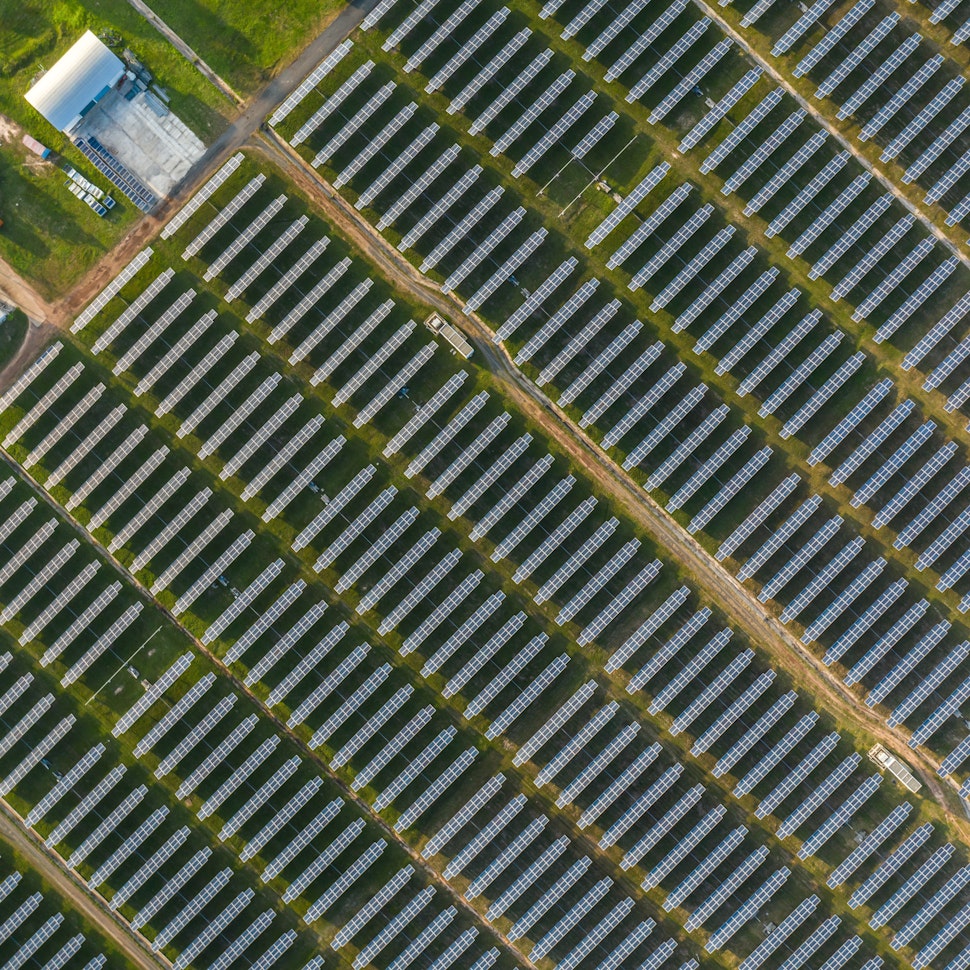
Market analysis
The rise of utility-scale PV + storage plants in Italy
Discover how Italy’s latest policies and auctions are driving utility-scale solar and battery storage projects to meet ambitious 2030 targets.
Updated 4 DEC, 25

- RatedPower
- Solar energy blog
- Achieving solar growth in Iberia amidst connection challenges
 Watch a demo
Watch a demo Ask our AI Product Expert
Ask our AI Product Expert
